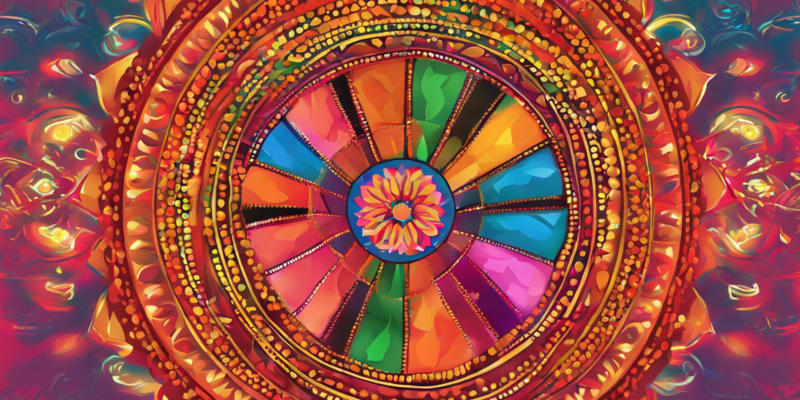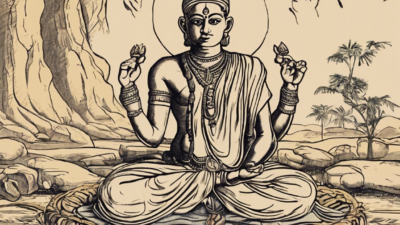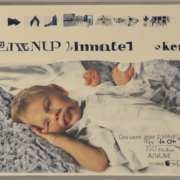Navratri is a vibrant and lively festival celebrated with great enthusiasm and fervor in various parts of India. This festival lasts for nine nights and is dedicated to different forms of Goddess Durga. Each day of Navratri is associated with a specific color that holds significance and symbolism. The color palette of Navratri is not only visually appealing but also holds traditional and cultural importance. In this comprehensive guide, we will explore the significance of colors during Navratri and how you can incorporate these hues into your festive attire and decorations.
Significance of Colors in Navratri
Navratri celebrations are incomplete without the colorful aspect that defines this auspicious festival. Each color is associated with different days and different forms of Goddess Durga. Let’s delve into the significance of each color:
Day 1 – Yellow (Pratipada)
The color yellow symbolizes positivity and happiness. It represents energy and brightness, signifying the beginning of the festival with enthusiasm.
Day 2 – Green (Dwitiya)
Green signifies growth, harmony, and nature. It is a color that symbolizes fertility and prosperity, bringing balance and peace.
Day 3 – Grey (Tritiya)
Grey represents the strength and power of Goddess Chandraghanta. It symbolizes the determination to face challenges with courage.
Day 4 – Orange (Chaturthi)
Orange is a vibrant color that represents energy, enthusiasm, and success. It signifies the positive energy and vibrancy of Goddess Kushmanda.
Day 5 – White (Panchami)
White symbolizes purity, peace, and prayer. It represents tranquility and serenity, invoking the blessings of Goddess Skandamata.
Day 6 – Red (Shashthi)
Red is the color of power, passion, and love. It symbolizes strength and determination, embodying the fierce form of Goddess Katyayani.
Day 7 – Royal Blue (Saptami)
Royal blue signifies calmness, depth, and intuition. It represents the vastness of the universe and the cosmic energy of Goddess Kalaratri.
Day 8 – Pink (Ashtami)
Pink symbolizes hope, freshness, and positivity. It signifies new beginnings and a sense of renewal with the blessings of Goddess Mahagauri.
Day 9 – Purple (Navami)
Purple represents luxury, spirituality, and royalty. It symbolizes the divine energy and grace of Goddess Siddhidatri, showering devotees with blessings.
Incorporating Navratri Colors
Now that we have explored the significance of each color during Navratri, it’s time to incorporate these hues into your celebrations:
-
Attire: Dressing in the specified color for each day of Navratri is a common tradition. You can adorn yourself in traditional outfits or accessories that reflect the color of the day.
-
Home Decor: Decorate your home with flowers, drapes, and accents in the designated color to create a festive ambiance that resonates with the spirit of Navratri.
-
Rangoli: Create intricate rangoli designs using the Navratri colors to add a traditional touch to your celebrations. These vibrant patterns are believed to welcome Goddess Durga into your home.
-
Food: Prepare dishes that reflect the colors of Navratri. From saffron-infused sweets to green chutneys, incorporating these colors into your culinary delights adds to the festive fervor.
By infusing your attire, decorations, and even meals with the colors of Navratri, you can immerse yourself in the festive spirit and pay homage to the various forms of Goddess Durga.
Frequently Asked Questions (FAQs)
1. Can I Wear Different Shades of the Navratri Colors?
Yes, you can wear different shades of the designated colors for each day of Navratri. The essence is to embrace the symbolic significance of the color rather than adhering strictly to a specific shade.
2. What Flowers Can I Use for Navratri Decorations?
Marigolds, roses, lotus flowers, and jasmine are commonly used during Navratri decorations due to their symbolism and vibrant colors that resonate with the festive spirit.
3. How Can I Create Navratri-Inspired Makeup Looks?
Incorporate the Navratri colors into your makeup by using eyeshadows, lip colors, and nail polishes that match the designated hues for each day. Experiment with different looks to celebrate the festive occasion.
4. Are There Any Taboos Associated with Navratri Colors?
Avoid wearing black during Navratri as it is considered inauspicious. Stick to the designated colors for each day to honor the traditions and customs associated with the festival.
5. Can I Mix and Match Navratri Colors in My Outfit?
Mixing and matching Navratri colors in your outfit is a creative way to incorporate multiple hues while staying true to the festive theme. Experiment with different combinations to create a unique look.
6. How Can I Include Navratri Colors in Home Decor for a Modern Touch?
You can opt for contemporary decor elements like color-coordinated cushions, wall art, and subtle accents to infuse the Navratri colors into your home decor in a modern and chic manner.
7. What Role Do Navratri Colors Play in Astrology and Vastu Shastra?
Navratri colors are believed to resonate with specific planetary energies and elemental properties, influencing auspiciousness and harmony in individuals’ lives according to the principles of astrology and Vastu Shastra.
8. Can Men also Follow the Navratri Color Guidelines for Dressing?
Men can also participate in the Navratri festivities by incorporating the designated colors into their attire through traditional outfits, accessories, or even subtle accents that align with the spirit of each day.
9. How Can I Create Navratri-Themed Crafts Using the Color Palette?
Engage in DIY crafts like paper lanterns, flower garlands, torans, and wall hangings using the Navratri colors to add a personalized touch to your festive decorations and infuse your space with creativity.
10. Are There Regional Variations in Navratri Color Significance?
Yes, certain regions may have variations in the significance and order of Navratri colors based on local customs and traditions. It is essential to honor the regional practices while celebrating the festival.
As you immerse yourself in the joyous spirit of Navratri, remember to embrace the vibrant color palette that defines this auspicious festival. Whether through your attire, decorations, or culinary creations, let the Navratri colors symbolize prosperity, positivity, and the divine blessings of Goddess Durga throughout the nine auspicious nights.


